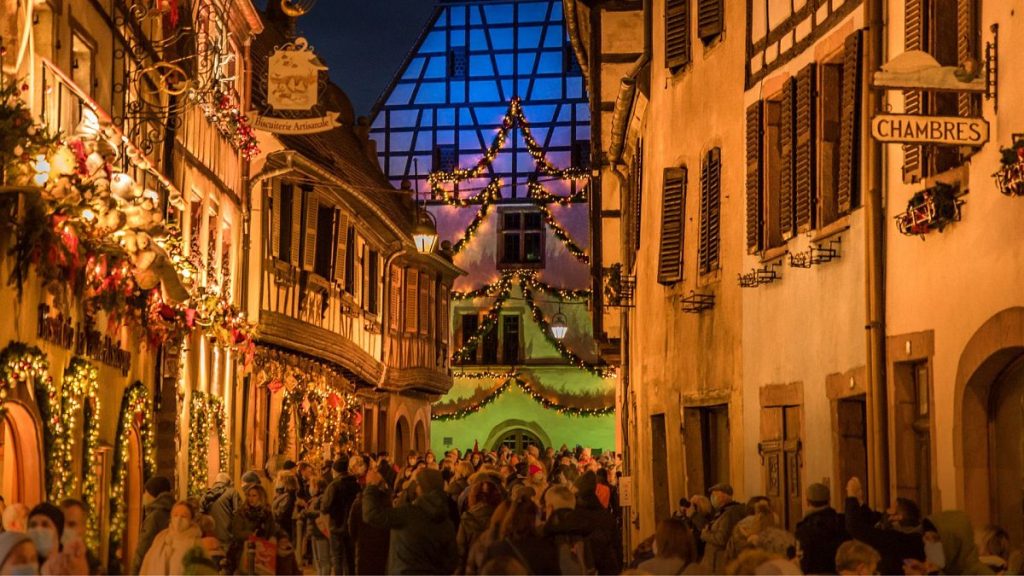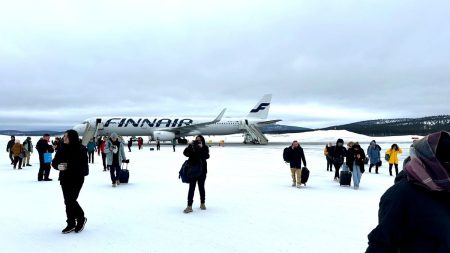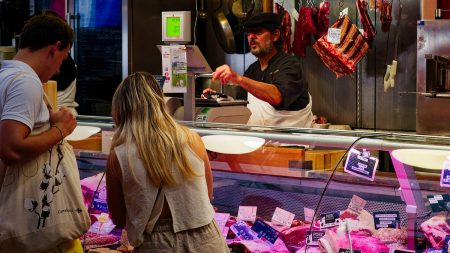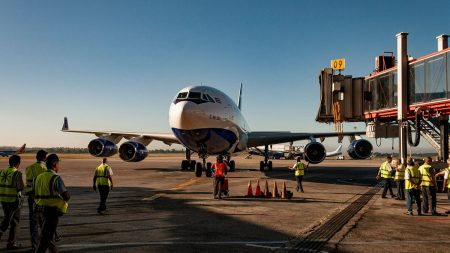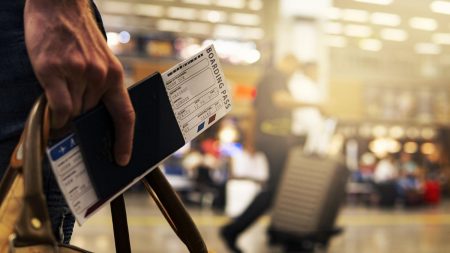The allure of Alsace’s Christmas markets, steeped in tradition and festive charm, has transformed the region into a winter wonderland, attracting millions of visitors each year. Dubbed the “Land of Christmas,” Alsace boasts picturesque towns and villages adorned with twinkling lights, charming market stalls overflowing with gingerbread and mulled wine, and the enchanting sounds of carol singers filling the air. However, this idyllic image masks a growing concern: the overwhelming influx of tourists has begun to strain the very fabric of these communities, turning the cherished Christmas season into a period of stress and inconvenience for many locals.
The sheer volume of visitors has led to pervasive overcrowding, making simple tasks like navigating streets, finding parking, and even accessing basic amenities a significant challenge. Tour guide lecturer and Alsace resident, Daniel Ehret, describes the markets as reaching their capacity, with long queues, frustrating delays, and even instances of altercations erupting amidst the throngs of people. He recounts a particularly distressing incident involving an elderly woman unable to access restrooms due to the overwhelming crowds, highlighting the extreme consequences of overtourism. The constant influx of visitors also disrupts the peace and quiet of these communities, with the festive atmosphere often extending into late-night revelry, making sleep elusive for residents.
Recognizing the detrimental impact of unchecked tourism, towns and villages across Alsace have begun implementing measures to mitigate overcrowding. Strasbourg, for instance, has decentralized its massive Christmas market, dividing it into smaller, more manageable sections dispersed throughout the city. Kayserberg has adopted a strategy of limiting the overall size of its markets, while Colmar has taken a more innovative approach by introducing a crowd calendar, similar to those used by theme parks, allowing visitors to plan their visits during off-peak periods. This approach, according to Colmar’s mayor, Éric Straumann, has shown promising results, with a noticeable increase in visitors during quieter times, leading to a more even distribution of crowds throughout the season. Additionally, Colmar encourages visitors to explore smaller Christmas markets in nearby villages by providing convenient bus services, although these smaller communities are also beginning to feel the pressure of increased tourism.
The picturesque village of Riquewihr, with its fairytale-like charm and colorful timber-framed houses, exemplifies the challenges faced by smaller communities. Its population of 1,050 residents swells dramatically during December, with an influx of 450,000 visitors. Mayor Daniel Klack acknowledges the stress this places on locals, describing the Christmas season as requiring immense patience. Riquewihr has implemented strategies to manage the crowds, including limiting the number of market stalls and establishing a remote parking area with shuttle services to the village center. Similar measures have been adopted in Kayserberg, but challenges persist, with visitors often seeking parking closer to the town center, leading to traffic congestion and safety concerns for pedestrians.
Despite the evident strain on local resources and quality of life, Christophe Bergamini, director of the Kayserberg Valley tourist office, hesitates to label the situation as overtourism, preferring to characterize it as “moments of high crowds,” particularly during peak hours. He draws a distinction between the situation in Alsace and that of heavily impacted tourist destinations like Barcelona or Dubrovnik. However, the impact on residents is undeniable. Ehret notes that the overcrowding has influenced his own decision about where to live, avoiding the centers of popular towns like Riquewihr. This sentiment resonates with many residents, who are increasingly questioning the trade-off between living in these beautiful town centers and enduring the constant disruption caused by tourism.
The escalating situation has prompted calls for more drastic measures. Ehret believes that the region is rapidly approaching its capacity and anticipates the need for stricter limitations on visitor numbers, perhaps even adopting a system similar to Venice, which charges an entrance fee to manage tourist flow. While the idea of charging entrance fees for the Christmas markets has been discussed, officials remain hesitant. Straumann considers it a flawed solution, arguing that it would create bottlenecks at entry points, leading to long queues and inconveniencing both locals and visitors. Furthermore, the logistical challenges of effectively sealing off all entrances to historic town centers present a significant obstacle. Klack echoes this sentiment, suggesting that charging for entry would detract from the spirit of the event and create a theme park atmosphere. Despite the ongoing debate and various initiatives, the underlying issue remains: the popularity of Alsace’s Christmas markets continues to grow, guaranteeing a sustained influx of visitors in the years to come, posing an ongoing challenge for these charming communities.




